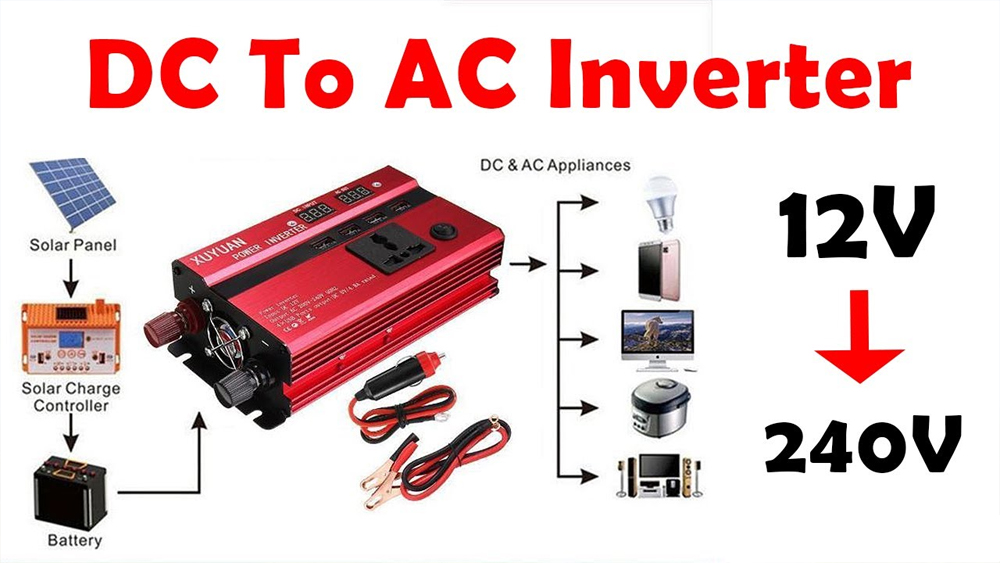
It’s the small things that can have a big impact. Converting direct current (DC) to alternating current (AC) is one of those small things that’s essential to many devices and appliances in your home. From microwaves to coffee makers, to even your washing machine, almost everything you use at home requires AC power to operate. Likewise, much of the equipment used in factories has an AC motor (such as motors for conveyor belts or industrial cranes). Whether it’s running an elevator or just a desk fan, converting DC voltage to AC voltage is something you will find useful as a technician in any industry. Read on to explore more about how these two different kinds of electrical current differ and how you can convert from one to the other.
What is DC current?
DC (direct current) is the continuous flow of electricity through a circuit with no change in direction. It is a current that flows in one direction only, and cannot be easily converted to another type of currency. DC current is produced by a number of different sources (such as a battery or a solar panel). To use it in a circuit, it must be converted to AC current.
What is AC current?
AC (alternating current) is an electrical current that periodically reverses direction. The direction of current flow periodically reverses direction at a specific rate that is determined by the circuit’s frequency. AC is what powers most of the world’s electrical grid, and it is typically produced by power plants that employ a rotating generator.
How to convert DC to AC?
When converting DC current to AC, you need to first find out the required frequency for the AC current. This can be done by using the formula below: The formula calculates the frequency of current based on the time required to charge a capacitor to 63.2% of its maximum voltage value. To understand the process, first, consider a simple example to compute the frequency of the AC current required by a desk fan. A 12 V DC voltage applied to the fan will have a current of 10 A at a given time. If we apply the above formula, the time taken by the current to reach 63.2% of its voltage value will be 60 minutes. So, the frequency of the AC current required to power the fan will be 60 Hz.
Types of Convert DC to AC
AC-DC converter – This type of converter is ideal for powering equipment that needs DC current from an AC source. AC-DC converters can be designed for different input voltages and frequencies. DC-AC inverter – This type of converter is ideal for powering equipment that needs AC current from a DC source. Although inverters are designed for specific applications, they are more efficient than converters. AC-AC converter – This type of converter is ideal for powering equipment that needs AC current from an AC source. AC-DC-AC converter – This type of converter is ideal for powering equipment that needs AC current from a DC source or when converting DC to AC is required.
Final Words
Converting DC to AC is important because most electrical appliances use AC current, which is a continuous flow of electricity that oscillates (alternates) between positive and negative voltages. Many devices can use DC currents (such as solar panels, batteries, and some electronics), but AC current is more common in homes and businesses. Converting DC voltage to AC voltage is a simple process that requires you to find out the required frequency of the AC current. Whether you need to power a desk fan, elevator, or just your home lights, converting DC to AC is something you will undoubtedly find useful as a technician in any industry.
